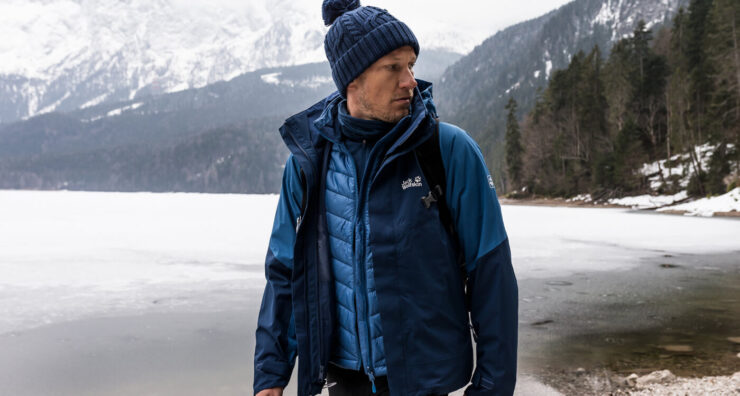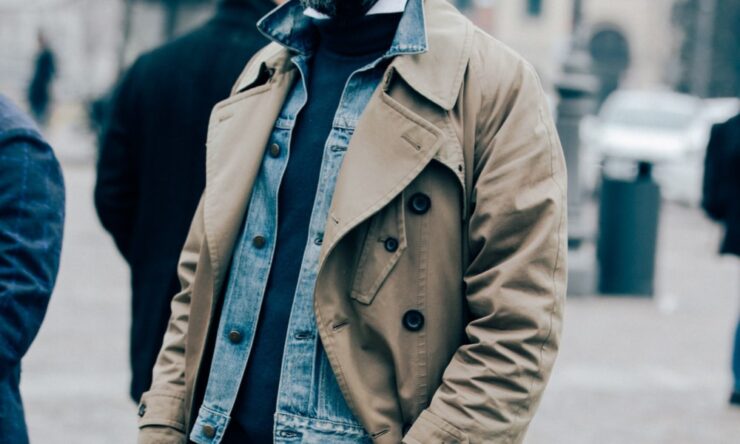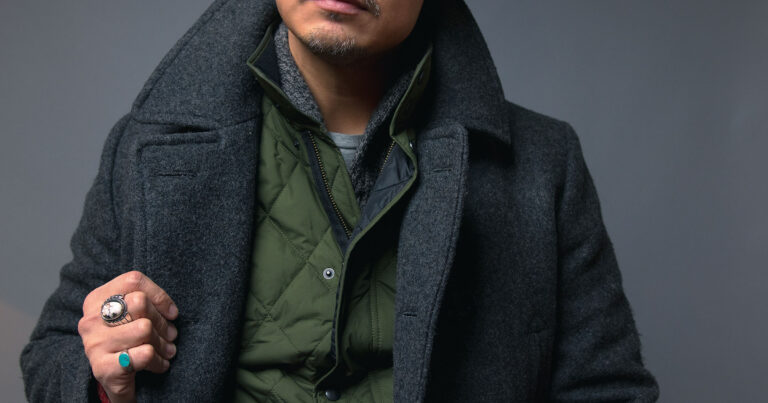The more clothes you wear, the warmer you will be during a cold season. While this might be true to an extent, it is not entirely efficient. Whether taking a morning run, working, or going on an adventure, wearing the right clothes during winter is critical to staying warm. It is a no-brainer that you need to keep your body warm. However, people don’t realize the danger of overheating in cold weather as it is with age. So, staying safe during extreme cold means knowing how to regulate your temperature and not going too far with any of them. You must address various misconceptions and inaccuracies to improve your winter wardrobe. Typical winter layering mistakes people make when trying to stay warm, and the best way to layer is here.
Not Enough Layers

When cold, you may be tempted to wear a bulky, thick jacket to keep yourself warm. However, this is not the best way to protect yourself. You need to ensure you are wearing enough layers to regulate temperature properly. Wearing enough layers will ensure you are warm and comfortable. The layers are engineered to keep away moisture even in vigorous activities.
The base layer provides a small amount of warmth. However, since the clothes are directly on the skin, their primary role is to eliminate moisture from the skin, which helps regulate your body temperature. Irrespective of how cold it gets, your long johns should be close-fitting and lightweight. Avoid wearing cotton clothes since they soak moisture and do not dry out. This makes you colder.
The mid-layer’s role is to provide insulation by redirecting any heat from the base layer. It also prevents cold from reaching the body. So, choose a mid-layer that is breathable and does not absorb moisture. This helps your body stay warm. While providing effective insulation, the mid-layer should not constrict how you move.
The outer layer protects the body from external elements like rain and wind. It should be breathable and waterproof to allow water and sweat vapor to escape from the body. These layers keep you warm by trapping air between them. So, removing a layer reduces the air trapped. So, wearing several layers that you can remove depending on how you want to cool down or warm up is advisable.
Wearing the Wrong Material
As mentioned, you should never wear cotton to stay warm during winter. Even if cotton is thick and suitable for retaining heat, it is not the right material to wear in cold conditions. That is because the material keeps a lot of moisture. That means any sweat the body produces is absorbed into the fabric, making you feel colder. So, look for materials that do not absorb sweat. Materials like microfleece and merino wool are excellent to keep you warm. They are travel-friendly, odor-resistant, and breathable. Therefore, you will stay warm irrespective of the weather outside.
Too Many Layers

As much as layering is vital to retain warmth in cold weather, too many layers can make you sweaty and uncomfortable. You might feel colder if snow or cold air gets in the layers and touches the sweat. Furthermore, moving while wearing many layers will be difficult and uncomfortable. So, it is best to go with the setup mentioned: base layer, mid-layer, and outer layer discussed in https://www.decathlon.sg/c/winter-sports/apparel/base-layers.html.
You are focused on keeping yourself warm such that you add too many layers. Within a few minutes, you are all sweaty and uncomfortable. So, begin chilly and add layers and accessories you can easily remove once heating up.
Additionally, when you begin feeling hot, it is time to cool down. So, start by removing some layers for temperature regulation. You can add the layers back if it starts getting cold. Remember not to remove everything immediately, as you could get cold quickly.
Forgetting Accessories
Ignoring accessories is another mistake that takes some warmth away from you. Gloves, socks, and scarves do more than just keep you warm. They are essential winter accessories that fill the gap between clothes and your skin to ensure no room is left for cold air to enter.
Furthermore, your nose, ears, and eyes are susceptible to cold. So, you need to keep yourself comfortable by wearing the right accessories. So, scarves and winter hats are must-haves to keep out cold in harsh weather. Remember, keeping your fingers, toes, and head warm is prime to keeping the entire body warm. You will lose significant heat from the head and other body parts, like fingers and ears. So, accessorize to keep your whole body warm.
Prioritizing Fashion over Function

Base layers and mid-layers are in plain fabric because they have been designed for function rather than fashion. Nobody wants to feel uncomfortable with a zipper pile-up on the chin. So, when layering, think about how the layers will coordinate. Understandably, you want to look great as you step out. However, you should remember that fashion should not outdo function if you want to avoid a disaster.
Manufacturers are also creating stylish winter clothes to maintain style. So, you can find something to make you look great while keeping warm. Modern winter clothes are made with breathable and lightweight material to ensure both fashion and functionality when working outside in the cold.
Wearing the Wrong Shoes
The type of shoes you wear significantly impacts your experience and how warm you stay. Rain, snow, and keeping your feet warm are some challenges your shoes face without you knowing. So, pick the right winter shoes with proper insulation and waterproofing. They should also have excellent traction to keep you stable on the ice.
Ensure Proper Layering to Keep Warm
Braving the cold temperatures can be cruel, especially if you do not have the right clothes. Learning to layer for cold conditions is imperative to help you stay warm, irrespective of temperature changes. Layering consists of the base, mid-layer, and outer layers for optimum warmth and functionality. So, learn these tips on layering your clothes for cold conditions to stay
